A Human Laboratory
-
Dates2013 - Ongoing
-
Author
- Locations International, Svalbard and Jan Mayen, Australia, Germany, United Kingdom, Switzerland, Chile, Canada
-
Recognition
I have responded to the theme of this year's exhibition, "I Don't Know How To Respond To That," by presenting a project that explores some of the most complex and mysterious machines within contemporary culture. Advanced scientific instruments and laboratories often search for invisible, unknown or incredibly complex phenomena, leading to discoveries that can often revolutionize culture in various ways. Their relationship to the camera is more fundamental than it seems - in fact, many of them are cameras in a very fundamental way. My experimental documentary photography focuses on examining the banal surfaces of such fantastical objects and spaces, which can: (1) raise questions about the limits of photography in increasingly digital and hybridized environments, but also (2) build relationships between the camera's ability to create new knowledge in a bizarrely similar way to the scientific instrument.
A Human Laboratory is an ongoing experimental documentary project comprising over one-hundred photographs (and growing) taken during site visits to thirty-five international scientific research centres, laboratories and field stations since 2013. Photographs, moving images, and installations within the project are accompanied by scientific facts and artifacts that have been decontextualized and anonymized, though chosen for their supposed connection to the imagery. By considering the hyper-advanced scientific laboratory with regards to the relatively banal electronic components that are so undecipherable in photographs, the symbolic nature of scientific instruments and inquiry can be made apparent via: (1) the repeated notion that human knowledge is indeed heavily codified and increasingly intangible (dare I say, inhuman), and (2) such physical spaces represent the ever “black-boxing” of knowledge construction within culture.
If the primary tool we collectively rely on to understand our visual world is so inadequate for describing contemporary visual reality, it sincerely amplifies the Baudrillardian notion that we are enveloped within a reality that has little relationship with the material forms that surround us. This problem challenges image makers to move beyond limited and traditional representations and put to work fresh symbolic languages that can reflect a shifting reality. Poetic and radical photographic documents are armed with such potent functions. Specifically, these categories, which I aim to elucidate via my exhibitions, employ a politic of incoherence. This strategy can employ the inventive notions of “radical experimentation” towards novel interconnections that philosopher Paul Feyerabend (and other radical thinkers in the philosophy of science) espouses in a visual way. Poetic and radical documentary photographs—again, given their political incoherence—can further be used and reused in varying contexts and forms to develop meaning in surprising and unanticipated ways.
Much like contemporary technology, “documentary” photographs in all of
their contexts have indeed become a necessity. Try as we might, it is difficult to
contemplate a culture in which we do not rely on their existence to bring meaning to
the world. This shared similarity with scientific inquiry is instructive of the extent to
which we all value the poiēsis of the human condition, the desire for meaning-making in all aspects of our lives. As Martin Heidegger suggests, the chain of technological ordering can only be broken by reflecting on the very tools used to investigate that which we are forced to question. The camera is such a tool concerning the technology of “inquiring” instruments. It is no longer worthwhile to question how the camera is
broken; how it does not represent with direct and full accuracy. That has become
irrelevant since Magritte’s Treachery of Images. We know that images are not
entirely real, but it is precisely because we rely on them so heavily, and must
continue to employ them, that the documentary photograph remains so endlessly
and utterly revelatory.
Exhibitions include:
Images captured by 4x5" negatives.
Images various sizes (40 in. x 50 in. to 80 in. x 100 in)
Remote sensing Arduino controllers and interactive effects.
More installation photographs at: http://www.kasumovic.net/instrumental/install.html
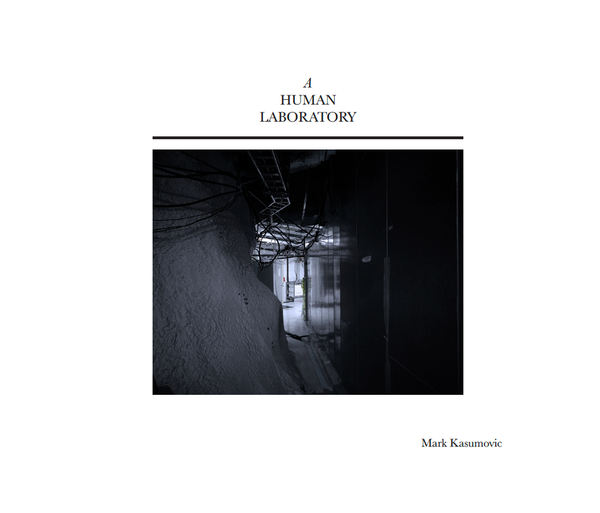
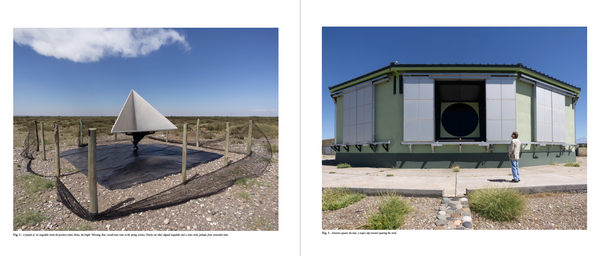

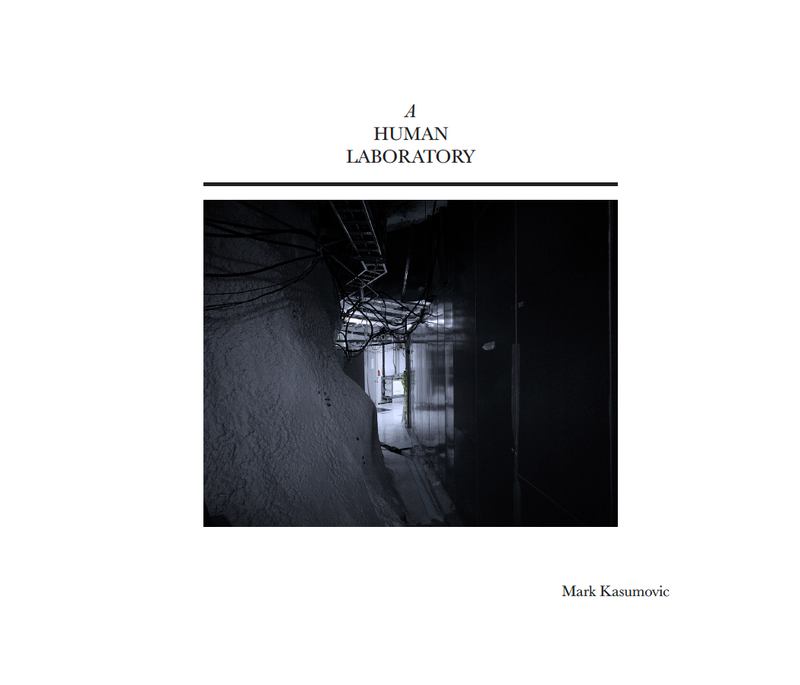
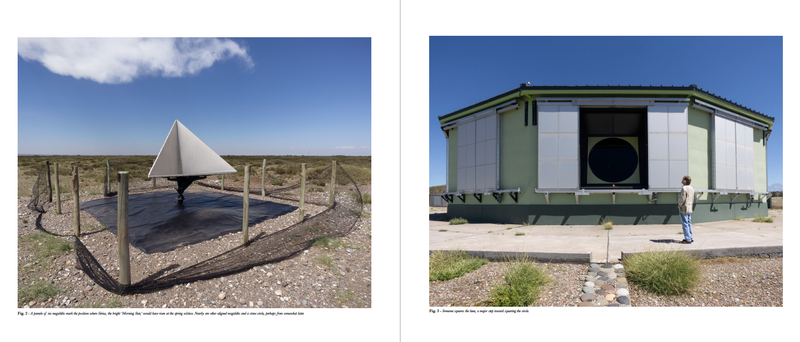
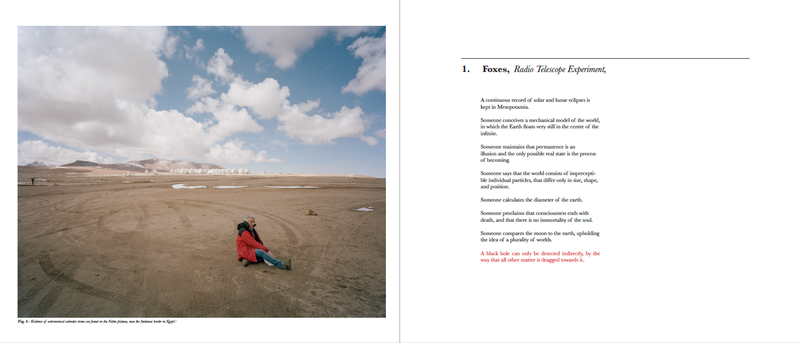
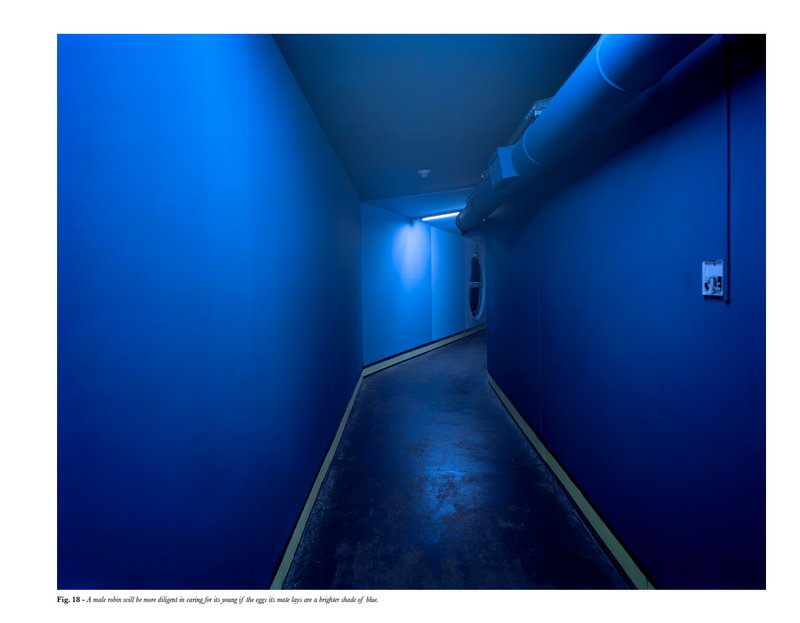
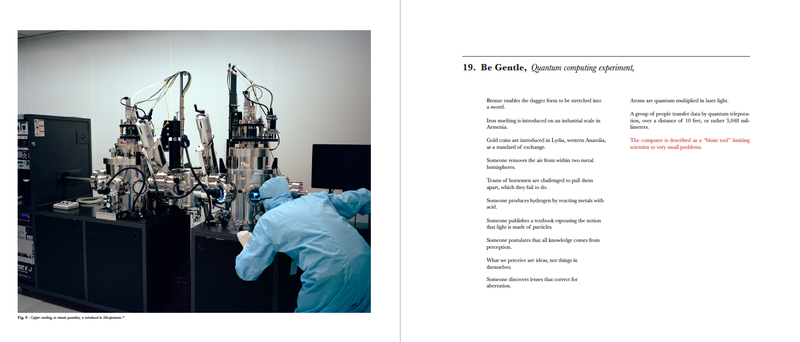
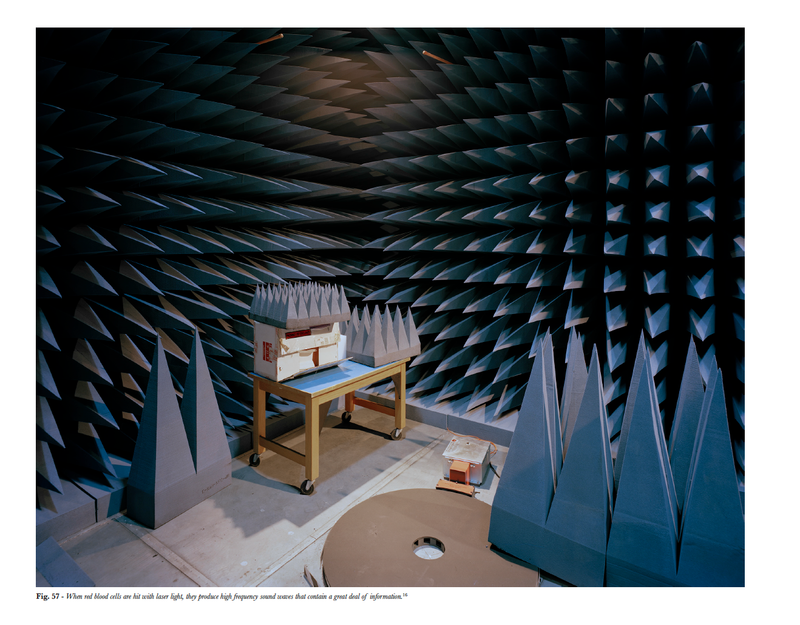
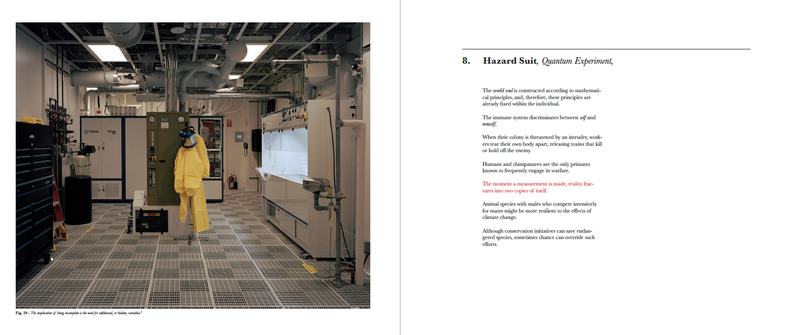
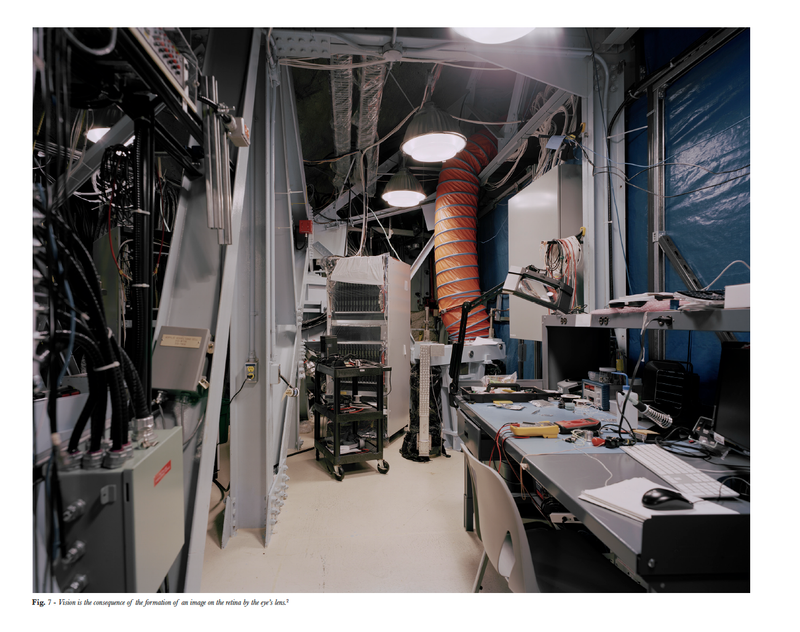
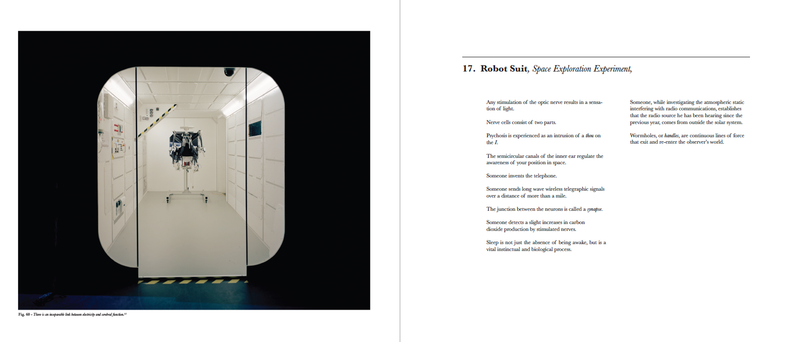

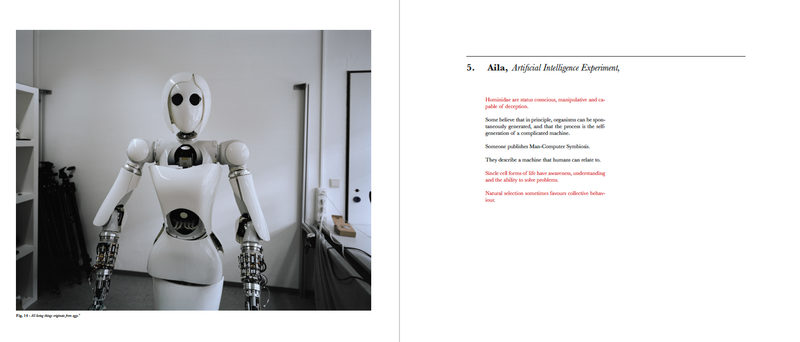
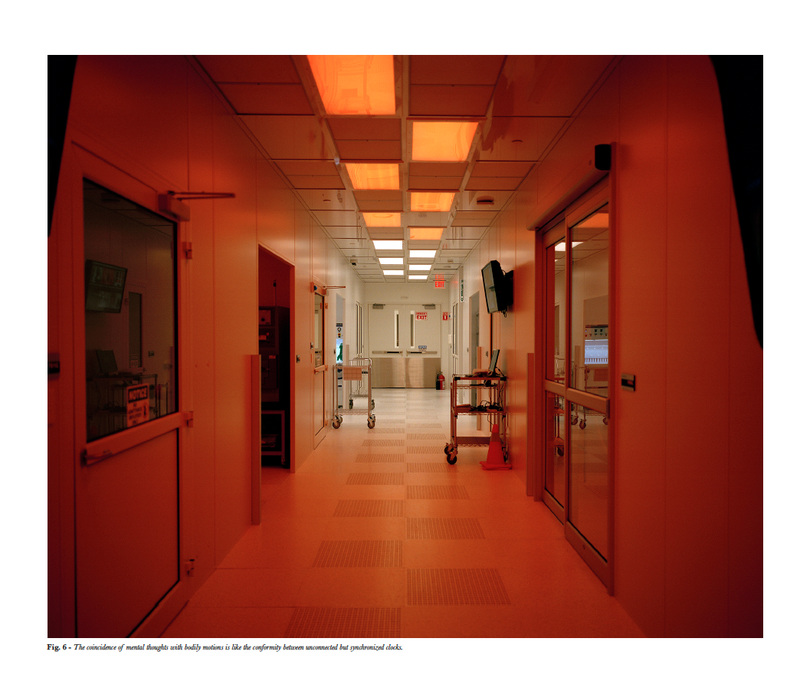
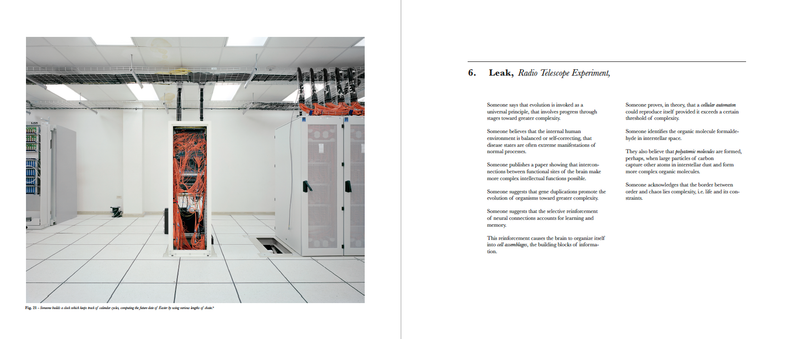

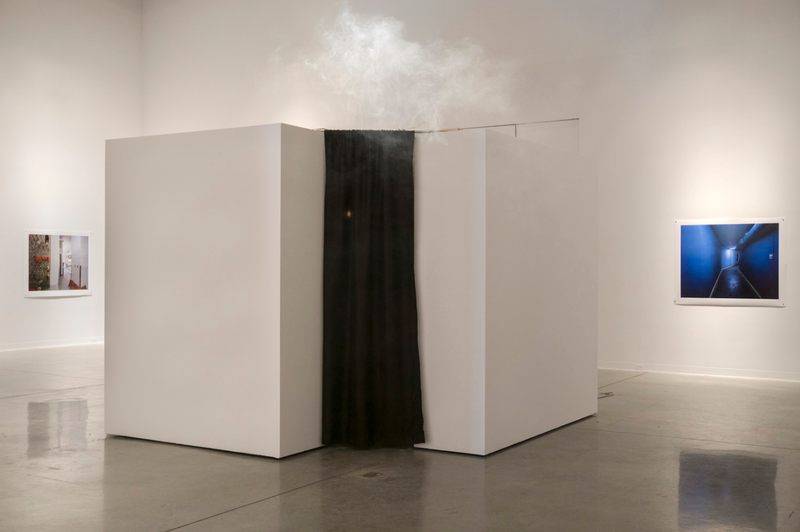
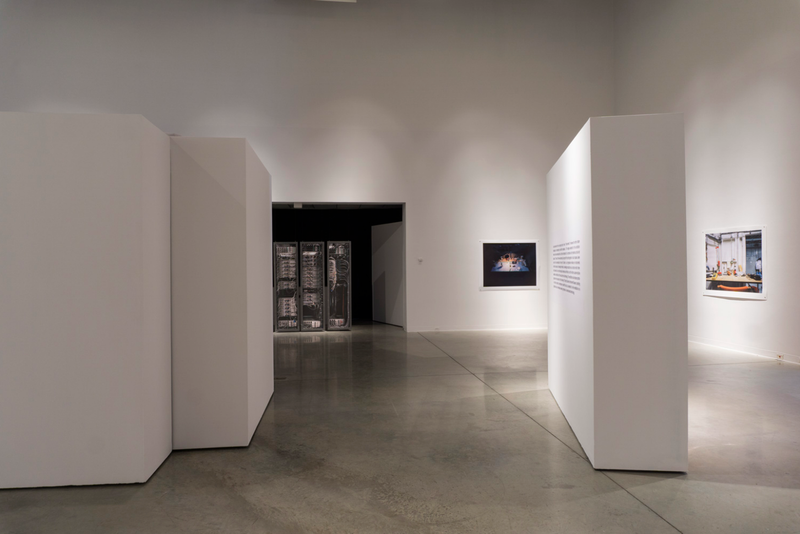
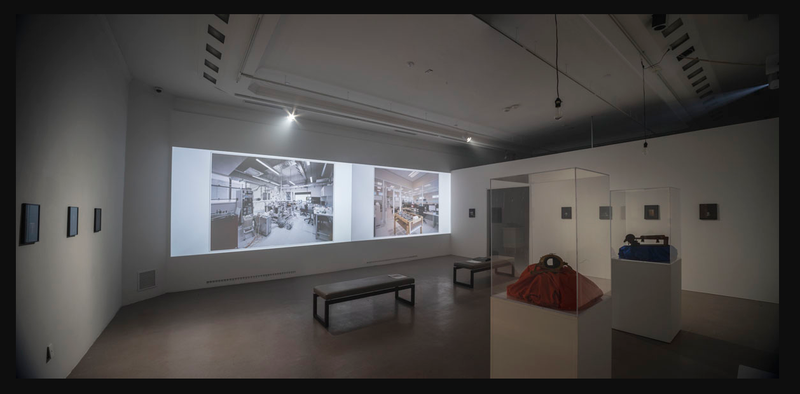
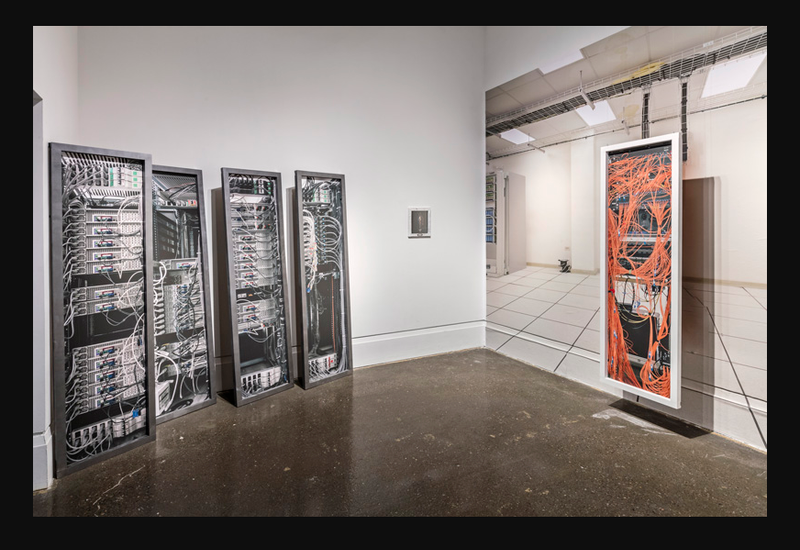
![© Mark Kasumovic - Installation View [with performance by AudioLodge]](https://img.phmuseum.com/eyJidWNrZXQiOiJpbWcucGhtdXNldW0uY29tIiwia2V5IjoidXNlcnMvRGR3MXBYYS9zdWJtaXNzaW9ucy9wZW42dmxlL2Jsb2Nrcy9lbjY3cTRlIiwiZWRpdHMiOnsicmVzaXplIjp7ImZpdCI6ImNvdmVyIiwid2lkdGgiOjgwMH0sImFvIjoxLCJyb3RhdGUiOm51bGx9fQ==)
![© Mark Kasumovic - ROTTNEST [2022], 10 min HD video https://drive.google.com/file/d/1389I3RDDj2IrTRcjUn-XfFElTfIlaRdQ/view?usp=share_link](https://img.phmuseum.com/eyJidWNrZXQiOiJpbWcucGhtdXNldW0uY29tIiwia2V5IjoidXNlcnMvRGR3MXBYYS9zdWJtaXNzaW9ucy9wZW42dmxlL2Jsb2Nrcy9kdzcyRHdkIiwiZWRpdHMiOnsicmVzaXplIjp7ImZpdCI6ImNvdmVyIiwid2lkdGgiOjgwMH0sImFvIjoxLCJyb3RhdGUiOm51bGx9fQ==)